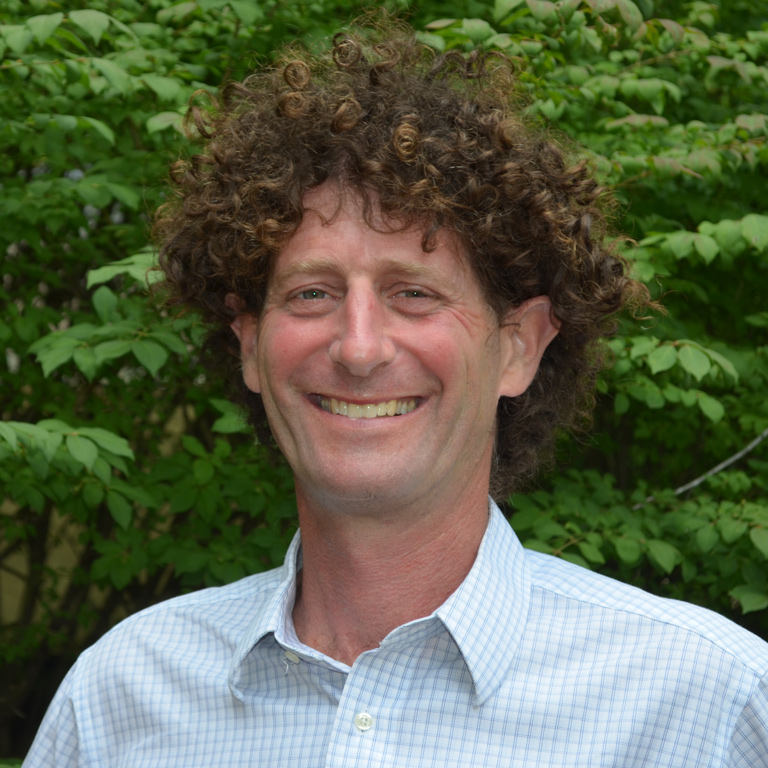Dr. Andrew Libby's course HUBI-B 300 Ethical Dilemmas: Genetics and Eugenics examines the foundational principles of genetics and the controversial history of eugenics -- the social philosophy and scientific practices that define human worth in terms of genetic fitness. Eugenic practices included Nativist anti-immigrant legislation, marriage restriction laws, eugenic segregation laws, and compulsory sexual sterilization. Now, developments in genetic mapping and reproductive technologies are creating resurgent scientific and moral interest in the topic.
An interview with Dr. Andrew Libby, Assistant Director and Senior Lecturer in The Human Biology Program, and undergraduate student Alli.Koontz (Class of 2023), who served as a teaching assistant for the class, is below.
What, to you, is the most interesting aspect of this course? What do you learn from teaching it?
Ms. Koontz: I really enjoyed the eugenics part of the course, it really does a nice job tying together not just the science behind eugenics, but also the humanity portion of it. I always enjoy learning the historical side of things, like yes all these horrible things have happened, but moving forward from that we know what happened so we don't have to repeat that.
Dr. Libby: I am also fascinated by the history of eugenics. One common definition of eugenics is that it is an attempt to improve the human gene pool, through better breeding practices, but it’s important to know that eugenics is grounded in a misunderstanding of genetic inheritance. Studying the history eugenics in its cultural, political, and social context allows us to see that eugenics was not what we might think of as “pure science,” or “basic research,” but rather science implicated in, and in the service of, political and social policy. It helps us to see how the seeds of ideas can evolve over time and have enormous consequences.
The roots of eugenics started with Charles Darwin and his cousin, Sir Francis Galton, during the Victorian period. Within about 70 years, the idea of eugenics had spread globally before coming fully realized in Nazi Germany. To see that arc from Victorian England to Nazi Germany over the span of a handful of decades shows you the power of ideas, especially the power of dangerous ideas. So, for me, one of the most important parts of teaching about eugenics is to show students this historical trajectory so that they can see that the Holocaust isn’t just become some kind of singular, accidental historical atrocity with no context. Instead, as we trace the history of eugenics, we see the way an ideology that was motivated by nationalism, Nativism, fears of racial degeneracy, and a wrong-headed notion of genetic inheritance created the conditions for the Holocaust. Nazi Germany represents eugenic thinking taken to its logical, and most insidious, extreme.



 The College of Arts
The College of Arts